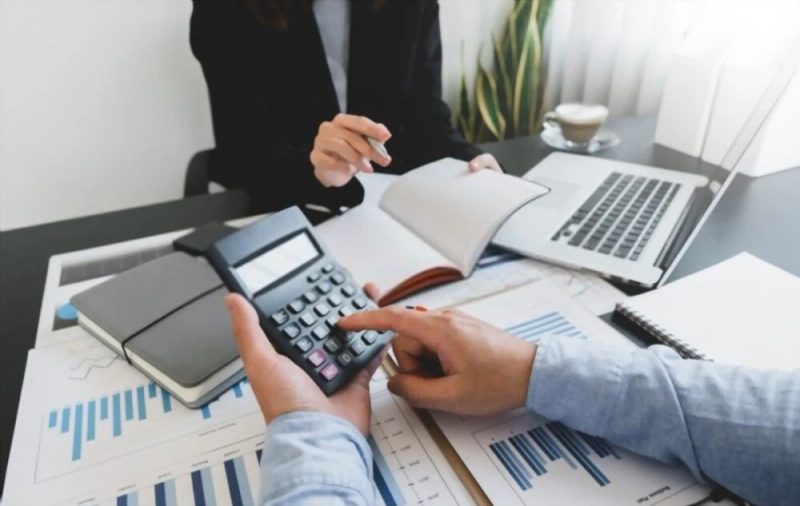You've undoubtedly heard the word "balance sheet" thrown about a lot while starting your first startup. For those who do not have a background in finance, the term can be somewhat daunting. If you're seeking a loan or wooing investors, you'll need to know not only what a balance sheet is, but also how to produce a balance sheet for a new company. Fortunately, it isn't as frightening as it may appear.
What is the definition of a balance sheet?
Before we get into how to prepare a balance sheet for a startup accounting company, it's important to first understand what a balance sheet is.
A balance sheet is a financial statement that shows what a company owns (assets), what it owes (liabilities), and the value of the owner's investment in the company (owner's equity). In other words, it's a crucial document that compares what you own to what you owe to provide a picture of a company's finances at a certain point in time.
It's vital to remember that the balance sheet only reveals data for a specific time period, but the income statement and cash flow statement show data for the entire fiscal year. As a result, the balance sheet is only one part of the financial picture.
How does a balance sheet appear?
A balance sheet is simple to understand because it only has two columns: assets on the left and liabilities and owner's equity on the right.
The entire assets must equal the total liabilities plus the whole equity of the owners. To put it another way, the totals on both sides must be perfectly balanced, hence the name balance sheet.
Liabilities + Equity Equals Assets.
What is the significance of the balance sheet for a startup?
This equation must be balanced because, when a company's assets increase, its liabilities and/or equity must also increase in order for the company's financial situation to remain balanced.
The balance sheet may not be as attractive to investors as other financial statements because it does not reflect revenue, but that does not imply it is unimportant. The balance sheet explains how a company's assets are sustained or financed for investors, and it reveals a lot about a company's financial health. Investors would often search for a higher equity value relative to liabilities as a sign of a good investment. Having a lot of debt, on the other hand, can indicate that a company is going to have financial problems.
How do you make a balance sheet for a new business?
Because the balance sheet will only show the assets, liabilities, and equity for a given day of the year, you'll need to choose the date for your balance sheet before you start plugging data in. While the balance sheet can be prepared at any time, it is most commonly calculated at the start of the business, at the conclusion of the month, quarter, or year.
Assets.
Begin by identifying your company's present assets once you've decided on a date. Cash, inventory, and prepaid expenses like insurance are all examples of this. The accounts should be listed in this section in descending order of their liquidity (how easily they can be converted to cash). Accounts receivable is usually considered as an asset in this category. If a business is just getting started, however, there will be no money owed to it at this time.
Then it's time to look at your fixed or long-term assets. This includes things like real estate, equipment, and automobiles. Any intangible assets must also be listed. This refers to non-monetary assets such as copyright, patents, and trademarks that have no physical substance and will last longer than a year.
To calculate your total assets, add up all of your currents, fixed, and other assets.
Liabilities.
You'll need to record any current liabilities, like accounts payable or business credit cards, on the right side of the balance sheet.
The next stage is to think about your long-term or fixed liabilities. Notes payable and mortgages are examples of this.
To calculate your total liabilities, add up all of your current and long-term liabilities, just like you would with your assets.
The equity of the owner.
Finally, you'll need to figure out how much equity you have. On the right side of the balance sheet, the difference between assets and liabilities is displayed as "retained earnings" (if it's a corporation) or "owner's equity" (if it's an unincorporated business).
Accountants in Kent help small businesses & startups with their accounting and taxation matters, bookkeeping to keep their business running perfectly. Our accountants are experts, and if you need the greatest tax return Services, we're the ones to call. Our accountants know everything there is to know about taxes.


